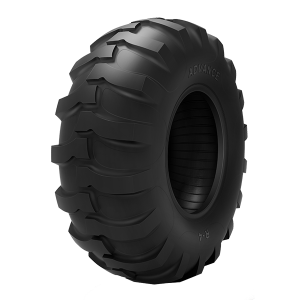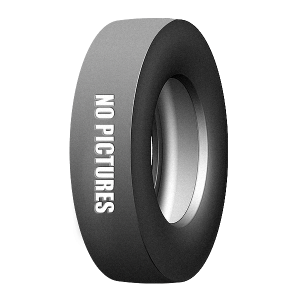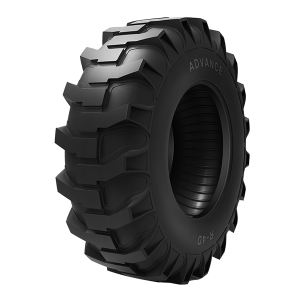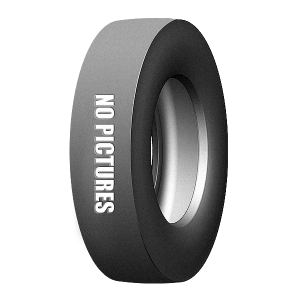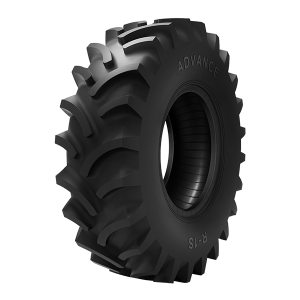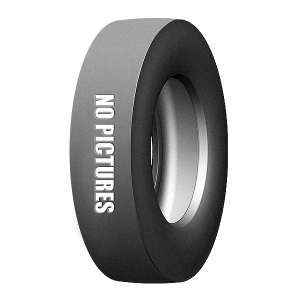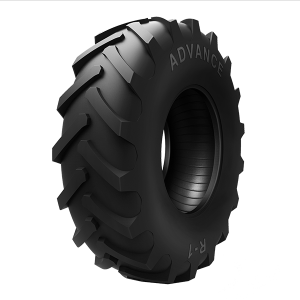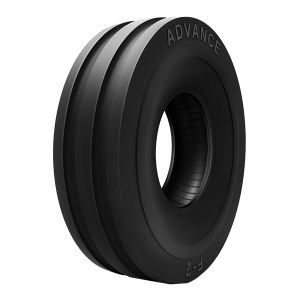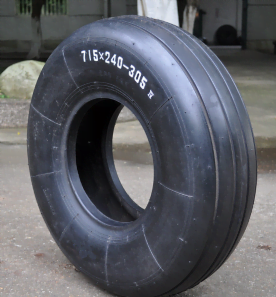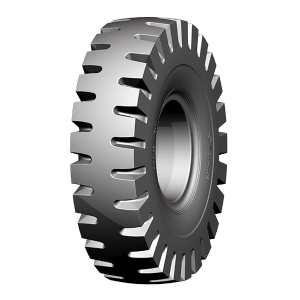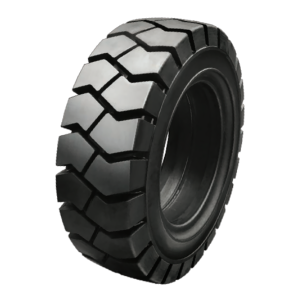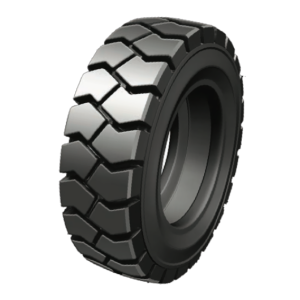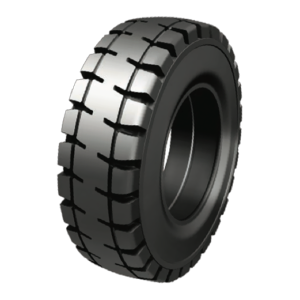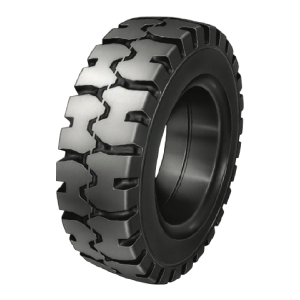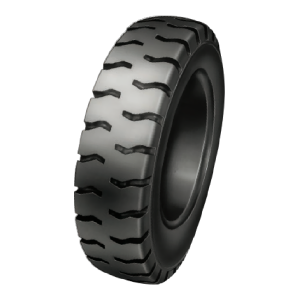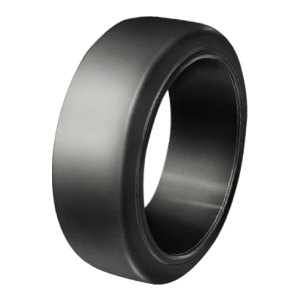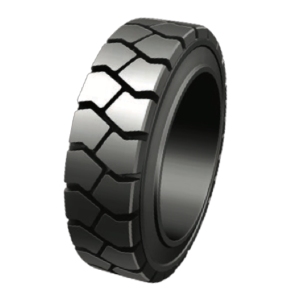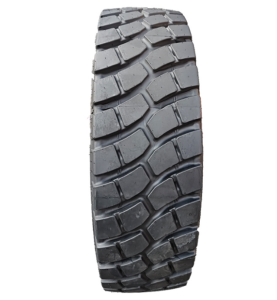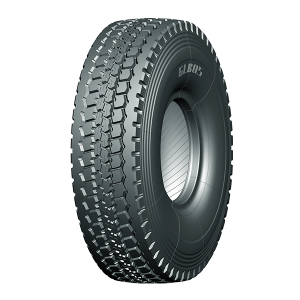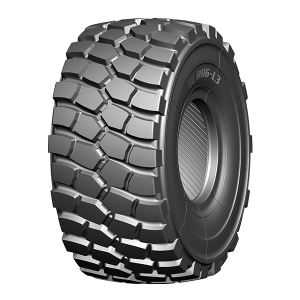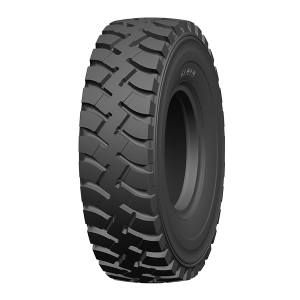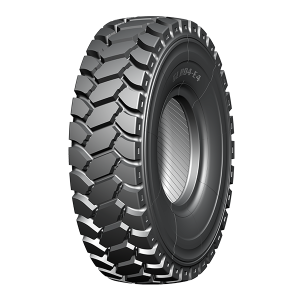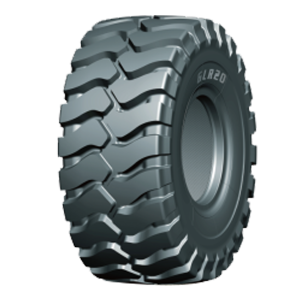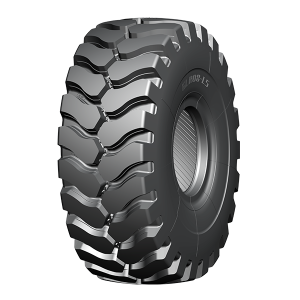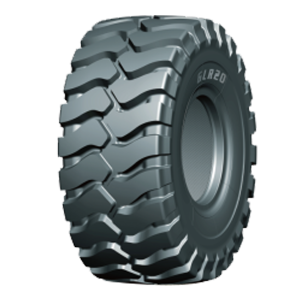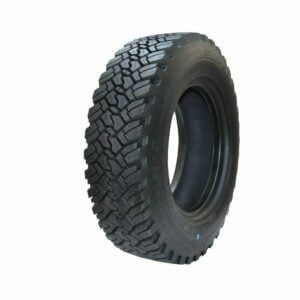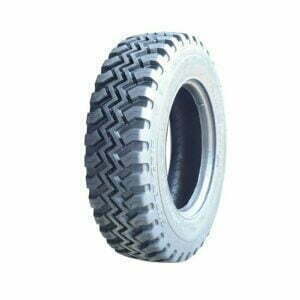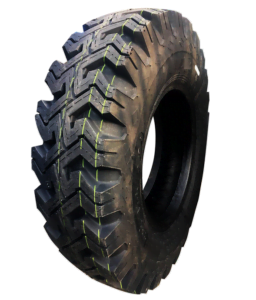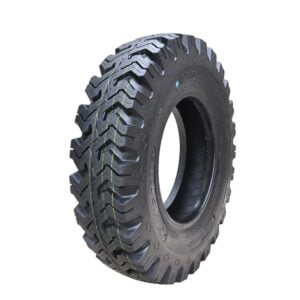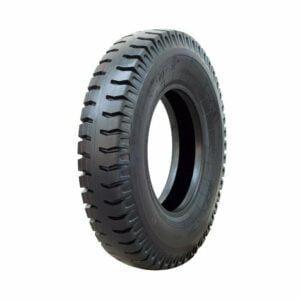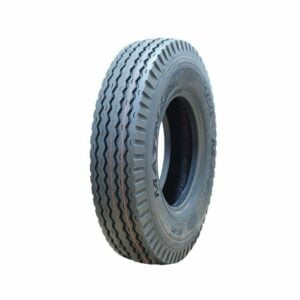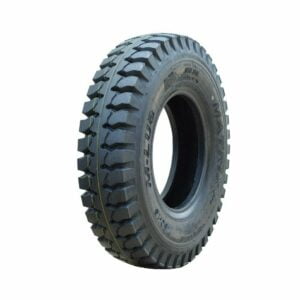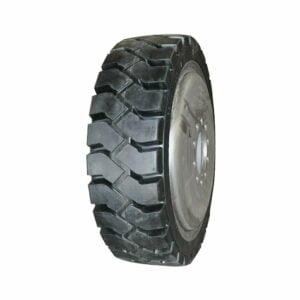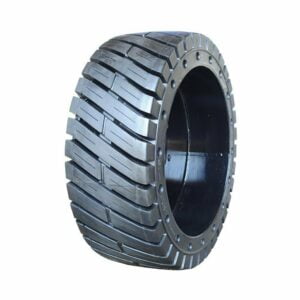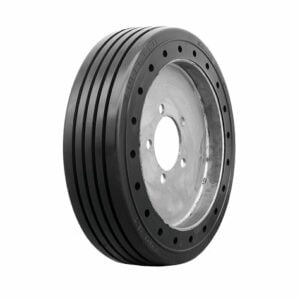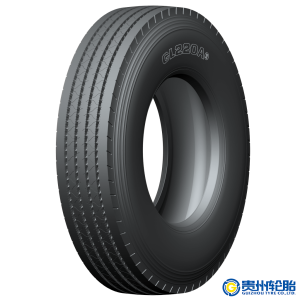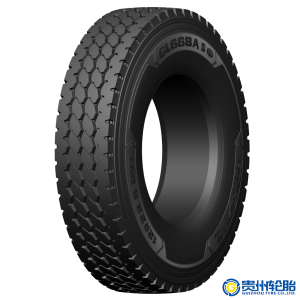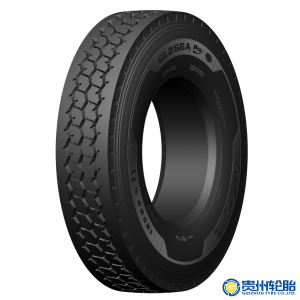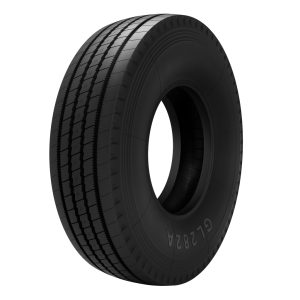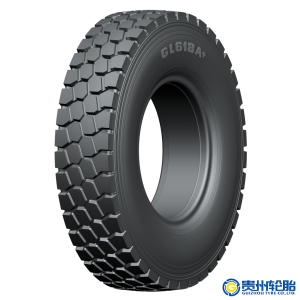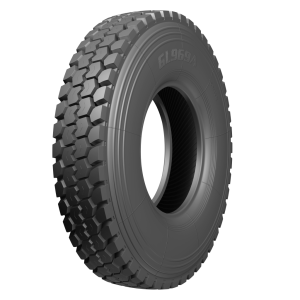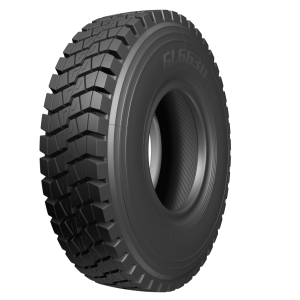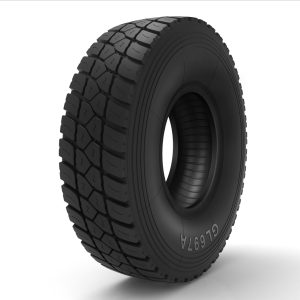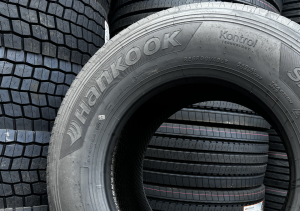The difference between rubber valve stem and metal valve stem
Valve stems are an essential part of a vehicle’s tire and wheel assembly. They provide a seal between the tire and the wheel, allowing air to enter and exit the tire as needed. Valve stems can be made of either metal or rubber, and each material has its advantages and disadvantages.
we’ll take a closer look at the difference between metal vs rubber valve stems, so you can decide which type is right for your needs.
Valve stems are the small, tubular valves that protrude from the rim of a wheel. They are used to inflate and deflate tires, as well as to check air pressure. Each valve stem has a small-cap that helps to keep dirt and debris out of the valve.
Valve stems play an essential role in maintaining proper tire pressure. If a tire is underinflated, it can reduce fuel economy and increase wear and tear on the tires. Conversely, an overinflated tire can lead to a blowout or loss of control while driving.
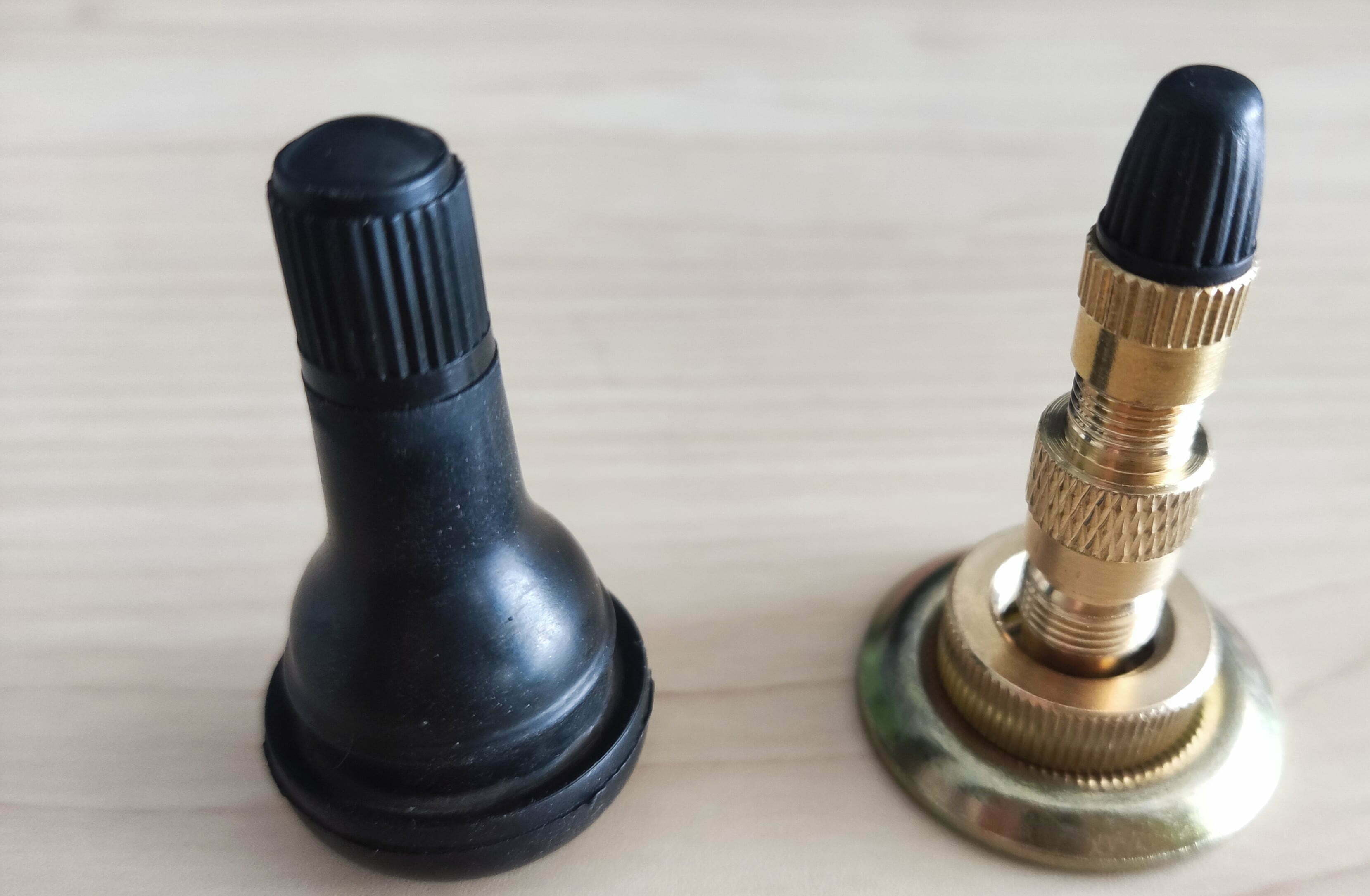
The two most common types of valve stems are metal and rubber. Metal valve stems are generally considered to be more durable than rubber, but they can be more difficult to install. On the other hand, Rubber valve stems are easier to install but may not be as durable over time.
Here is a closer look at the critical differences between metal and rubber valve stems:
- Material
Metal valve stems are typically made of brass, while rubber valve stems are synthetic rubber. The type of material used can affect the durability and lifespan of the valve stem.
- Installation
Metal valve stems can be more challenging to install than rubber valve stems. This is because the metal material is less pliable, making it more challenging to get a tight seal. Rubber valve stems are more forgiving and can be easier to install.
- Durability
Metal valve stems are generally more durable than rubber valve stems. This is because metal is a more robust material than rubber. However, metal valve stems can be more susceptible to corrosion over time. Rubber valve stems may not be as strong as metal, but they are less likely to corrode.
- Size
Metal valve stems are typically smaller in diameter than rubber valve stems. This can make them more difficult to inflate/deflate tires and check air pressure. Rubber valve stems are more prominent in diameter, making them easier to use.
- Wrench Compatibility
Metal valve stems typically require a special wrench for installation/removal. This can make them more challenging to work with than rubber valve stems, which can be installed/removed with a standard wrench.
- Worn Out Parts
Metal valve stems can wear out over time, requiring replacement. Rubber valve stems can also wear out, but they are less likely to do so.
Now let’s take a closer look at the advantages and disadvantages of each.
Advantages of Metal Valve Stems:
More durable than rubber
Less likely to rust over time
A smaller diameter makes them easier to work with
Can be installed/removed with a standard wrench
Advantages of Rubber Valve Stems:
More forgiving during installation
Less likely to wear out over time
Easier to inflate/deflate tires
A larger diameter makes them easier to work with
Disadvantages of Metal Valve Stems:
More difficult to install than rubber
Can be more susceptible to corrosion
May require a special wrench for installation/removal
Disadvantages of Rubber Valve Stems:
Not as durable as metal
More difficult to install than metal
Can wear out over time, requiring replacement
So, Which is Right for You?
The valve stem you choose should be based on your needs and preferences. If you are looking for a durable valve stem that is less likely to wear out or corrode over time, then metal may be the right choice. However, if you are looking for an easier-to-install option that is more forgiving during installation, the rubber may be better.
FAQs
- How Long Does The Metal Valve Stem Last?
Easily ten years can be expected from valve stems.
- What Causes Valve Stem Failure?
The two main causes are corrosion and physical damage.
- How Can I Tell If My Valve Stem Needs to Be Replaced?
If your tire pressure is consistently low, or if you see rust or physical damage on the valve stem, it may be time for a replacement.
Let’s draw a Conclusion here, Choosing the right valve stem for your needs can be difficult, but our guide should simplify it. In the end, choosing which to choose depends on your needs and preferences.

